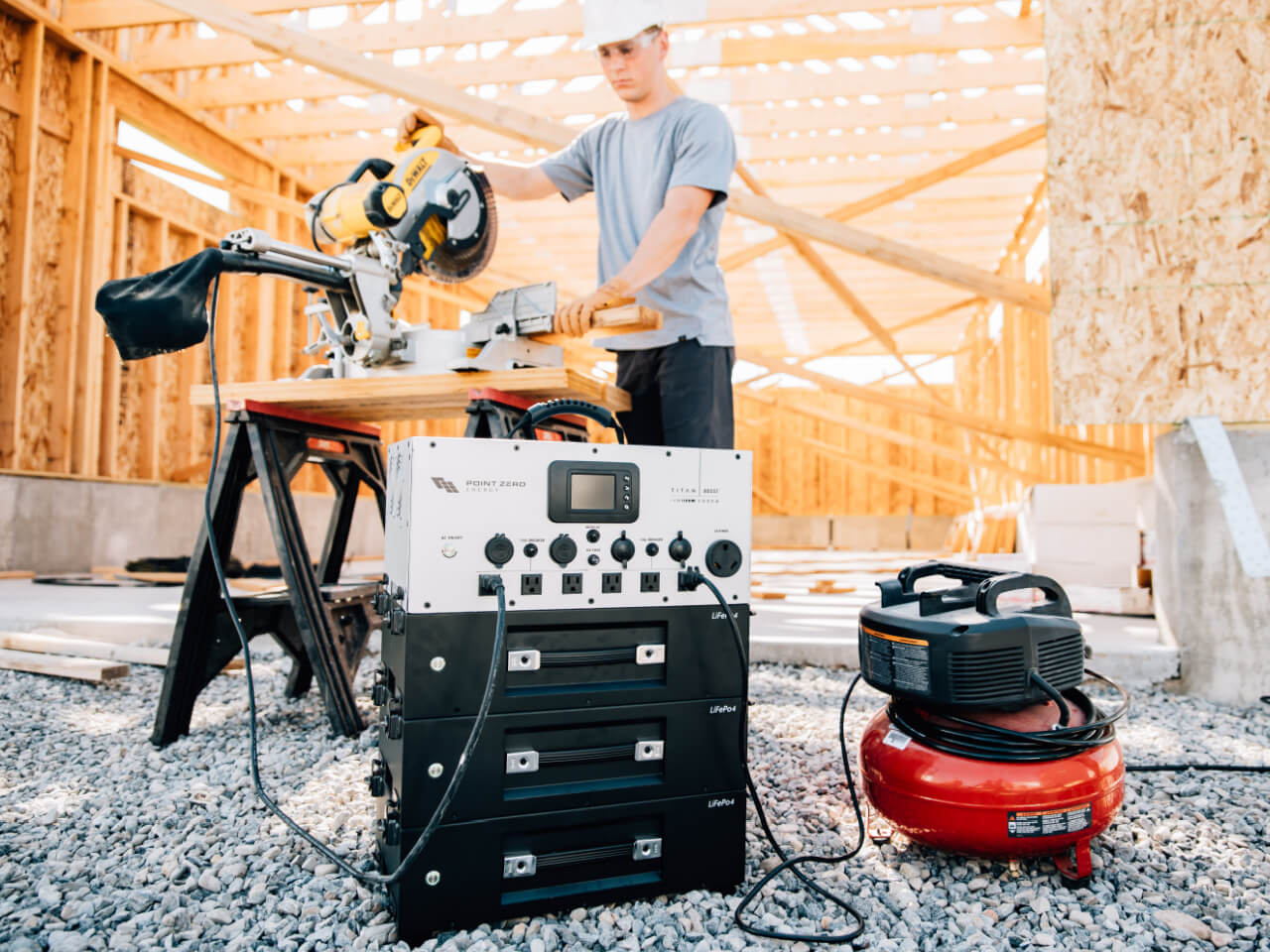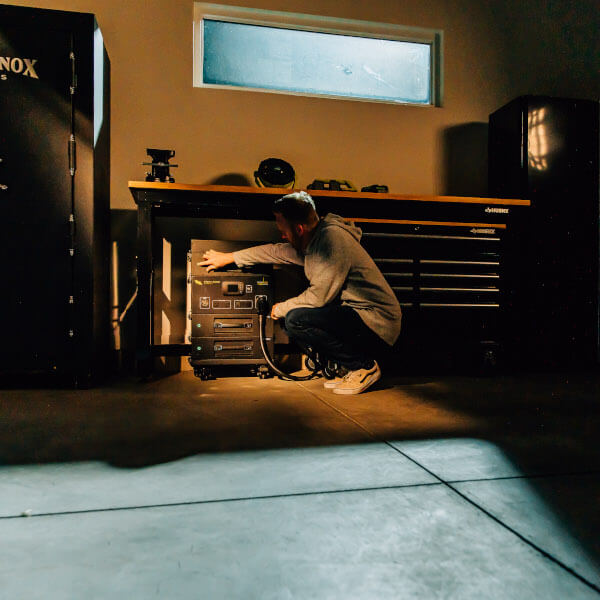Are you looking for ways to save energy and lower your monthly utility bills? One effective way to do so is to conduct a home energy assessment. This will help you identify areas in your home where energy is being wasted, and give you the opportunity to make changes that will lead to energy savings.
While you can hire a professional to conduct an energy assessment, you can also do it yourself with a little bit of knowledge and the right tools. Here’s how to get started:
- Start by walking around your home and looking for areas where energy may be escaping. You can do this by simply walking around your home and paying attention to areas where you feel drafts or notice that the air is colder than it should be.
- Windows, doors, and attics are some of the most common culprits when it comes to energy loss, so be sure to pay extra attention to these areas. Look for gaps around windows and doors, and check to see if your windows and doors are properly sealed. In the attic, look for gaps around electrical outlets, light fixtures, and pipes.
- To help you detect drafts, you can use a draft detector, which is a small tool that will help you identify areas where air is coming in or out. Alternatively, you can use your hand to feel for cool air. Simply hold your hand near windows, doors, and other potential draft sources, and see if you can feel any cool air coming in. If you do, it’s likely that energy is being wasted in that area.
- Look at your lighting. Lighting is an often-overlooked area where energy can be saved. If you’re still using traditional incandescent light bulbs in your home, you may be wasting a significant amount of energy. Incandescent bulbs are notoriously inefficient, as they waste a lot of energy in the form of heat.
- One simple and effective way to save energy and lower your energy bills is to switch to energy-efficient light bulbs, such as LED bulbs. LED bulbs use 75% less energy than incandescent bulbs and can last up to 25 times longer. This means that not only will you be using less energy to power your lights, but you’ll also be replacing your bulbs less frequently, which can save you money in the long run.
- When shopping for LED bulbs, be sure to look for ones that are Energy Star certified. This means that they have been tested and certified to meet strict energy-efficient guidelines set by the U.S. Environmental Protection Agency.
- Check your insulation. Insulation is crucial for keeping your home warm in the winter and cool in the summer. If your insulation is insufficient, it can lead to energy waste. You can check the insulation levels in your attic by simply pressing your hand into the insulation. If it’s difficult to press down, your insulation is likely sufficient. If it’s easy to press down, you may need to add more insulation.
- Consider investing in a smart thermostat. A smart thermostat is a great investment for anyone looking to save energy and lower their energy bills. A smart thermostat allows you to control your home’s heating and cooling system remotely, using a smartphone app or web browser. This means that you can adjust your thermostat settings from anywhere, at any time.
- One of the biggest benefits of a smart thermostat is that it allows you to program your heating and cooling settings. For example, you can set your thermostat to turn off when you’re not home, or to turn down the heat at night when you’re sleeping. This can lead to significant energy savings, as you’ll be using less energy to heat and cool your home when you don’t need to.
- In addition to allowing you to program your thermostat settings, many smart thermostats are also equipped with learning capabilities. This means that they can learn your preferences over time and adjust your heating and cooling settings accordingly. For example, if you like to keep your home at a certain temperature during the day, a smart thermostat can learn this preference and automatically adjust your settings to maintain that temperature.
- Don’t forget about your appliances. Older appliances can be particularly inefficient, and can waste a lot of energy in the process. If you have appliances that are more than a few years old, it might be time to consider upgrading to more energy-efficient models.
- One of the easiest ways to identify energy-efficient appliances is to look for ones that are Energy Star certified. Energy Star is a program run by the U.S. Environmental Protection Agency that helps consumers identify energy-efficient products. To be certified, an appliance must meet strict energy-efficient guidelines set by the EPA.
- Upgrading to energy-efficient appliances can save you money on your energy bills in the long run. For example, upgrading to an Energy Star certified refrigerator can save you up to $260 over the lifetime of the appliance, and upgrading to an Energy Star certified washing machine can save you up to $135. These are just a few examples, but there are many other appliances that can be upgraded to more energy-efficient models, including dishwashers, clothes dryers, and more.
- Consider adding solar power to your home: In addition to the energy-saving measures mentioned above, another option to consider when looking to save energy in your home is solar power. Solar power is a clean, renewable energy source that can significantly reduce your energy bills and your carbon footprint. At Point Zero Energy, we are committed to providing our customers with clean, renewable energy sources.
- There are a few different options to consider when it comes to adding solar power to your home. One option is to install permanent solar panels on your roof or in your yard, which will generate electricity from the sun’s energy. Another option is to invest in a portable solar power system, ideal for power outages, camping, recreational vehicles, or as an off-grid home power source.
Conducting a do-it-yourself home energy assessment is a great way to identify areas where energy is being wasted and make changes that will lead to energy savings. By starting with a walkthrough of your home, checking your insulation, switching to energy-efficient light bulbs, investing in a smart thermostat, swapping out inefficient appliances and upgrading to solar power, you can take control of your energy use and save money on your energy bills. While it may take some time and effort to conduct a home energy assessment, the long-term energy and cost savings make it well worth the investment. So, take the time to assess your home’s energy efficiency and start saving energy today.


